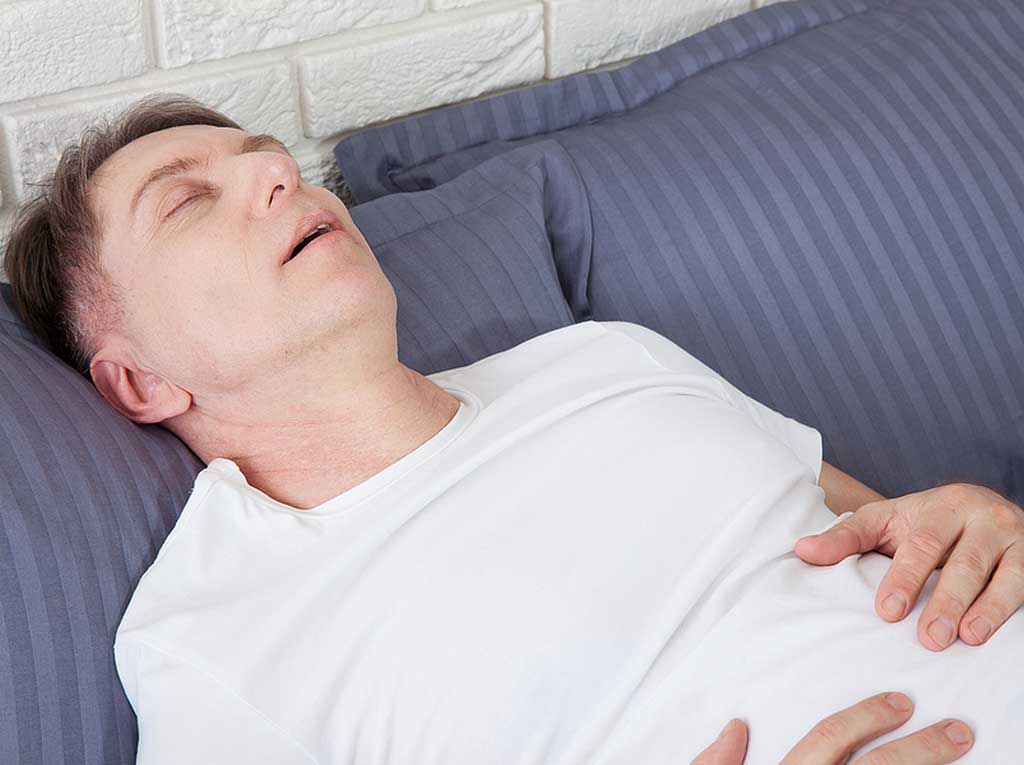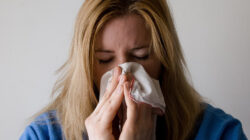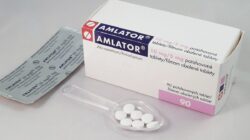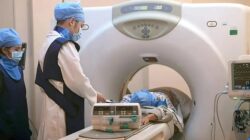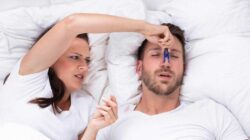Many people do not know that sleeping also has disorders that cannot be ignored. One of them is sleep apnea which causes you to stop breathing while sleeping. This disease can protect your brain from waking up to breathe. This condition might cause severe health problems if you do not try to overcome it. Here are all you need to know about the types of sleep apnea, causes, and symptoms.
How Sleep Apnea Affects Your Body
Before understanding how sleep apnea happens, you should know the human sleep cycle. Stage 1 starts when there is a short stage to begin after you fall asleep. Stage 2 is the time when you make up 45% to 50% of the time you sleep. Stage 3 is the deepest stage when it is hard to wake you up. The last is REM sleep which is when you are dreaming.
After you understand the stages of the human sleep cycle, you can move to how sleep apnea disturbs your sleep cycle. Apnea occurs when you stop breathing while sleeping or it can be said that you almost have no airflow. The word “Apnea” itself is from Greek which means “breathless”.
From apnea, your brain will react to blood oxygen drops by reflex, such as waking you up, so that you can breathe again. Once you continue breathing your brain will also try to go back to your sleep cycle continually which might lead to any type of sleep apnea. However, the more serious your sleep apnea is, the more often you will get these interruptions.
3 Types of Sleep Apnea You Should Know
1. Mild Sleep Disorder
On this level, a patient who has sleep apnea has it between 5 and 15. It means that they have 5 and 15 interruptions of apnea events per hour. However, healthcare providers considered the symptoms at this level. If you do not have other symptoms, they will not consider it serious enough to treat.
2. Moderate Sleep Disorder
If you are having more than 15 apneas per hour, you should take a look at this level. This is because moderate sleep apnea will interrupt you between 15 and 29 per hour. It means that you sleep for eight hours and stop breathing or wake up between the range of 120 and 239 times. It also might happen in any type of sleep apnea.
3. Severe Sleep Disorder
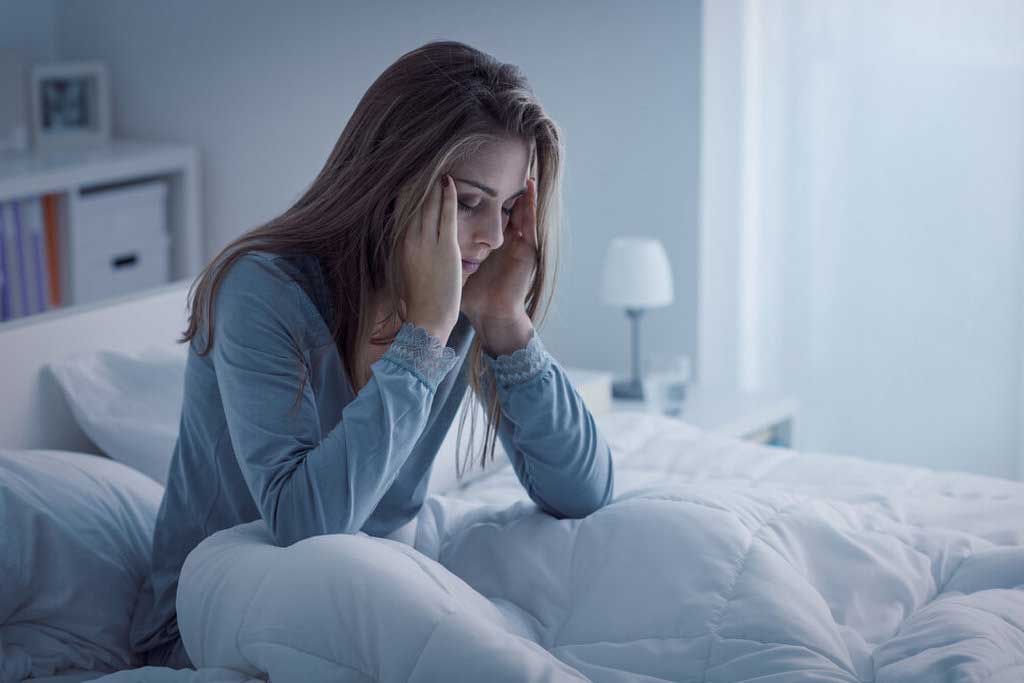
The last severe form of sleep apnea is called severe sleep apnea. On this level, you can wake up 30 or more times in an hour. It means that you stop breathing and wake up 240 times during a full eight hours of sleep. If you are on this level, it is recommended for you consult with the doctor.
3 Symptoms of Sleep Apnea You Should Consider
1. Obstructive Sleep Apnea
Obstructive sleep apnea is a disease that happens when the muscles in your head and neck relax while you fall asleep. This condition causes the surrounding tissue to press on the windpipe. Then, it obstructs air to pass through it. This type is a more common form than any other type of sleep apnea.
This disease can happen to anyone, from infants, and children, to adults. However, obstructive sleep apnea commonly happens to certain people and circumstances. Before the age of 50, it commonly affects men. Whilst, after the age of 50, it is more common in women. Sleep apnea is more likely to develop as they get older.
Obstructive events might affect any stage of sleep. The most common one is on stage 1, stage 2, and REM sleep. This is why people commonly have difficulty remembering apnea events. It means that they do not know or they do not realize that they are suffering from sleep apnea until the symptoms are under their notice.
The treatment for obstructive sleep apnea or OAS is by fixing the obstruction that blocks the airway. Changing the sleep position might be used as a sufficient solution. Those people who like to gain weight, smoke, and are physically passive, should stop their bad habits to reduce the symptoms.
2. Central Sleep Apnea
Central sleep apnea happens due to a problem in your brain. The brain will manage you to breathe every time under any circumstances including while asleep. One of the types of sleep apnea, which is central, can happen when your brain does not send signals to keep you breathing by working on the muscles.
Other than those, people who are black Asian, or of Hispanic descent might also have the chance of getting sleep apnea. Whilst central sleep apnea is the most common to happen in people who use opioid pain medications, over the age of 60, people with heart problems, people who use CPAP, and people who live at high altitudes.
Central sleep apnea might happen for several reasons, such as heart failure, low blood oxygen level or hypoxia, nervous system damage, treating obstructive one with CPAP, and nervous system conditions like ALS. Nervous system damage might happen when there is a problem with your brainstem which functions to keep you breathing.
3. Mixed or Complex Sleep Apnea
It does not mean that if you have one type, you cannot have another. One of the types of sleep apnea that can combine obstructive and central one is called mixed or complex sleep apnea. This kind of apnea is sometimes obvious in an initial sleep study. The symptoms are also similar to those of both types which are headaches, insomnia, and brief waking from sleep.
The treatment for mixed sleep apnea may need a combination of interventions, such as treatment for any underlying conditions. The use of CPAP or another positive airway might also be needed to press modes. With the right treatment, you will get a good night’s sleep and reduce the risk of serious health problems.
There are so many types of sleep apnea with their symptoms and causes. Now, you understand deeply about sleep apnea and it also helps you if you have any symptoms or the closest ones to quit the bad habits. It is also best for you to go to the doctor to get the right treatment so that you will have a good sleep.
- Understanding Amlodipine as a Calcium Channel Blocker - April 4, 2025
- Essential Vitamins for Flu Prevention - March 6, 2025
- Low Calorie Weight Loss Protein Shakes for Mens Health - March 5, 2025
